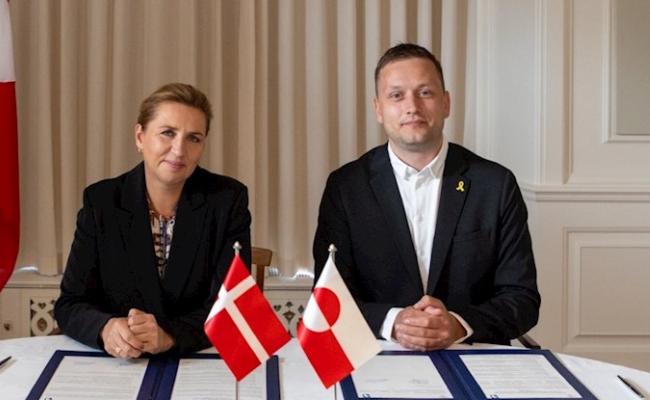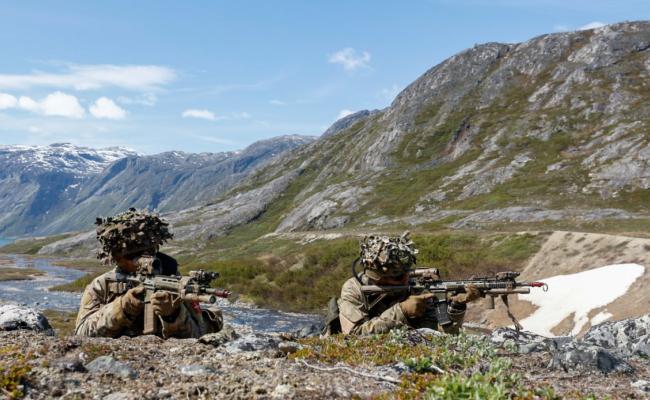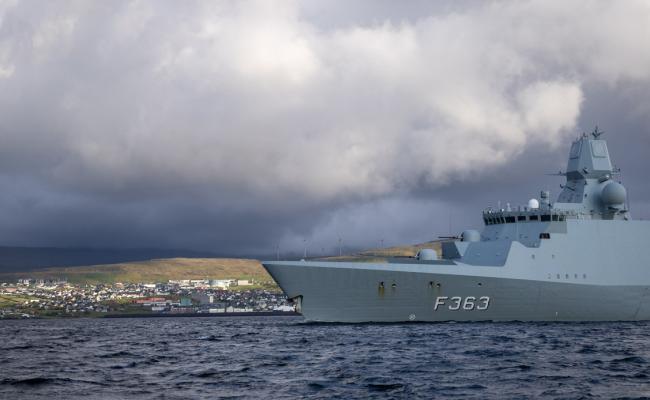Denmark to Strengthen Arctic Defense by DKK 27,4 Billion
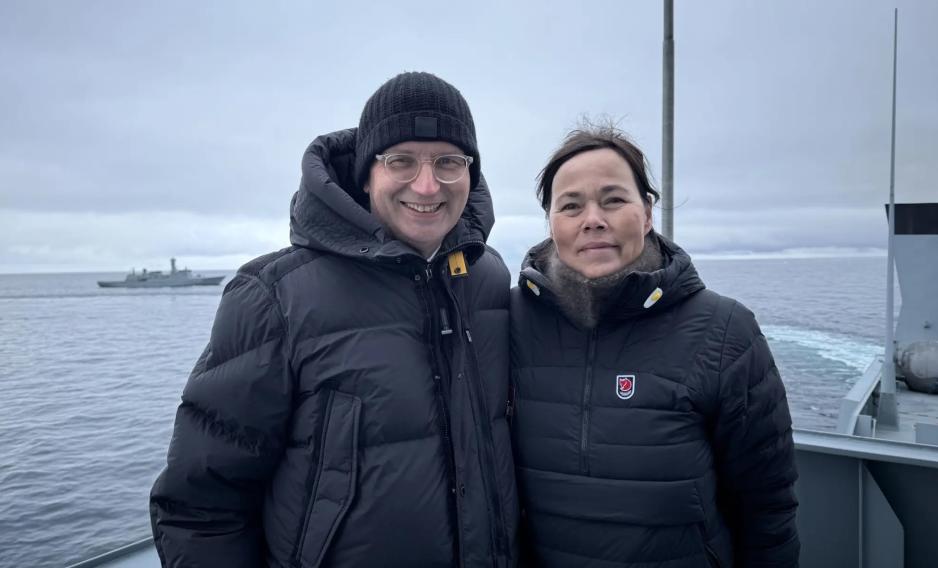
Denmark’s Minister of Defense, Troels Lund Poulsen, and Greenland's Naalakkersuisoq (Minister) for Foreign Affairs, Vivian Motzfeldt, have had a close dialogue on the drafting of the new Danish defense agreement on the Arctic and the North Atlantic. Here they are during the Arctic Light military exercise in Greenland in September. (Photo: Naalakkersuisut)
The acquisition of a maritime patrol aircraft capability, additional Arctic vessels and drones, as well as the construction of a subsea cable between Greenland and Denmark. These are among the investments in a new Danish defense agreement on the Arctic and North Atlantic.
In close cooperation with the governments of Greenland and the Faroe Islands, the Danish government and the political parties behind the Danish Defense Agreement 2024-2033 have agreed on the Second Agreement on the Arctic and North Atlantic of 2025.
The agreement was launched on Friday night and includes investments of DKK 27,4 billion (about USD 4,26 billion).
The objective is to bolster the Danish Armed Force’s capabilities to assert sovereignty and conduct surveillance, as well as capabilities to provide operational, deterrence, and defense support for NATO and allies.
“We have this year significantly increased our defense presence in the Arctic, including through a number of large national and international exercises. With this second agreement, we significantly strengthen the capabilities of the Danish Armed Forces in the region, including maritime patrol aircraft capabilities and additional Arctic naval vessels,” says the Danish Minister of Defense Troels Lund Poulsen (V).
"I deeply appreciate the close cooperation, innovative inputs, and good discussions with Greenland’s Naalakkersuisut and the Government of the Faroe Islands in reaching this agreement," Poulsen adds.
Also read (article continues below)
Supports public security
The new agreement builds on the First Agreement on the Arctic and the North Atlantic from January 2025 with investments of DKK 14,6 billion (about USD 2,2 billion).
The measures of both agreements are to benefit the civil communities in Greenland and the Faroe Islands as far as possible. For example, new capabilities will also strengthen the Danish Armed Forces' ability to support the police and other civil authorities.
"The times demand that defense and security be strengthened in Greenland. We do so through initiatives that contribute to both the Armed Forces' task performance and support public security. The agreement includes military capabilities for strengthened surveillance, a subsea cable between Greenland and Denmark, as well as initiatives for increased involvement of the Greenlandic population and the business sector," says Greenland's Naalakkersuisoq (Minister) of Foreign Affairs, Vivian Motzfeldt (S), and continues:
"The close involvement of Naalakkersuisut in the settlement negotiations has been crucial for the drafting of the partial agreement. The involvement has taken place with regard to Greenlandic conditions and respect for the situation Greenland is facing with the changed security policy tensions between great powers. With this agreement, Greenland takes responsibility for contributing to peace and safety in the Arctic."
An overview of acquisitions and other measures follows.
At sea
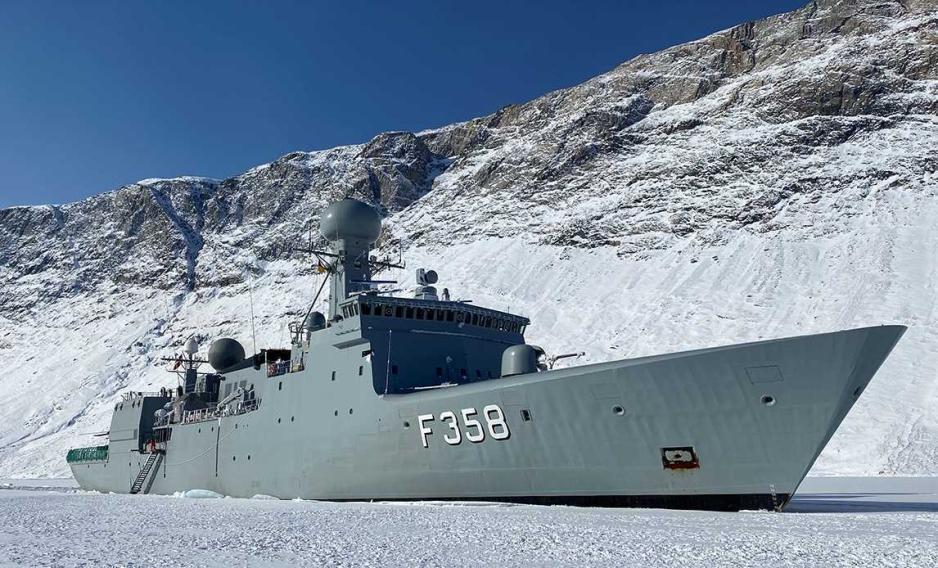
Today, the Danish Navy patrols the waters around Greenland and the Faroe Islands with i.a. ice-going inspection ships of the Thethis class, ssuch as the HDMS Triton (pictured). These are nearing the end of their operational lifespan and will be replaced with a total of five new Arctic vessels with ice-going capabilities. (Photo: Søren Nagel/the Danish Armed Forces)
Initiatives for maritime operations
· Acquisition of maritime patrol aircraft capacity in cooperation with a NATO ally.
· Acquisition of an additional two Arctic ships with ice-going capabilities. It has already been decided to purchase three such vessels (ref. the first agreement on the Arctic and North Atlantic).
· Conclusion of an agreement on access to supplementing icebreaker capability, such as with a local actor.
· Construction of a new subsea cable for telecommunication between Denmark and Greenland. Discussions will also be held on the possibilities for connecting the cable to the Faroe Islands' telecommunications infrastructure.
· Exploration of possibilities for acquiring capabilities for monitoring critical subsea infrastructure in the region's deep sea.
· The establishment of a new naval quay in connection with the upcoming expansion of the Port of Nuuk.
On land
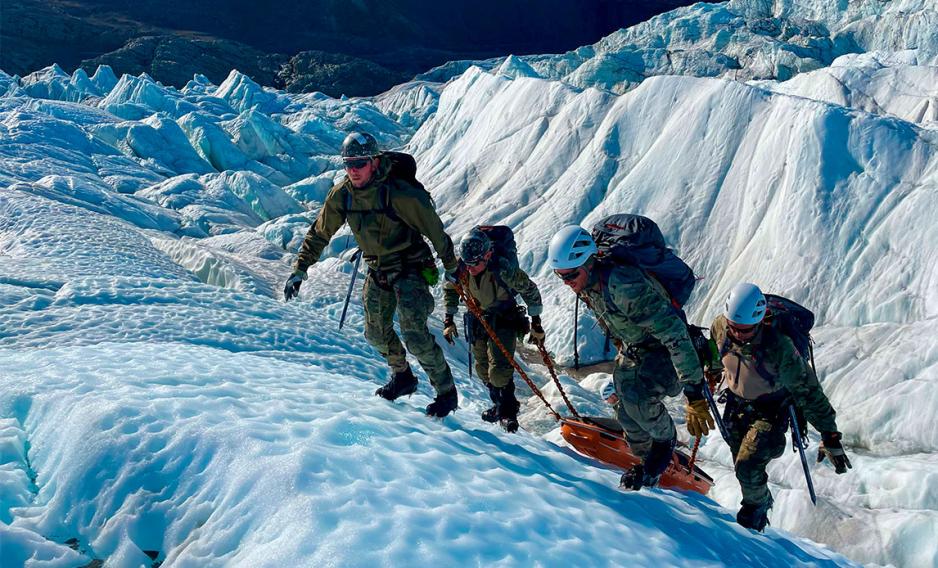
A specialized unit for rapid deployment in the Arctic is to be established under the Danish Special Operations Command. Here, Danish special forces train in Greenland this summer. (Photo: The Danish Armed Forces)
Initiatives for land operations
· The establishment of a new headquarters for the Joint Arctic Command in Nuuk. This is to support the future developments in operations, as well as the temporary accommodation of reinforcement contributions and allies.
· The establishment of a new unit for logistics and support services under the Joint Arctic Command. The unit will perform tasks in connection with host nation support, training, and exercises, among other things.
· The establishment of a new specialized Arctic unit under the Danish Special Operations Command. The unit will focus on operative deployment in the Arctic, providing additional first responder capability.
· Funding for recruitment and retention of personnel at the Joint Arctic Command.
· The establishment of a drone module as part of the Arctic basic training for people living in Greenland. The module will provide recruits with competences in drone piloting.
· The establishment of a new unit for Greenlandic rangers in the Danish Armed Forces. Decisions about the model are to be made in 2026.
In the air
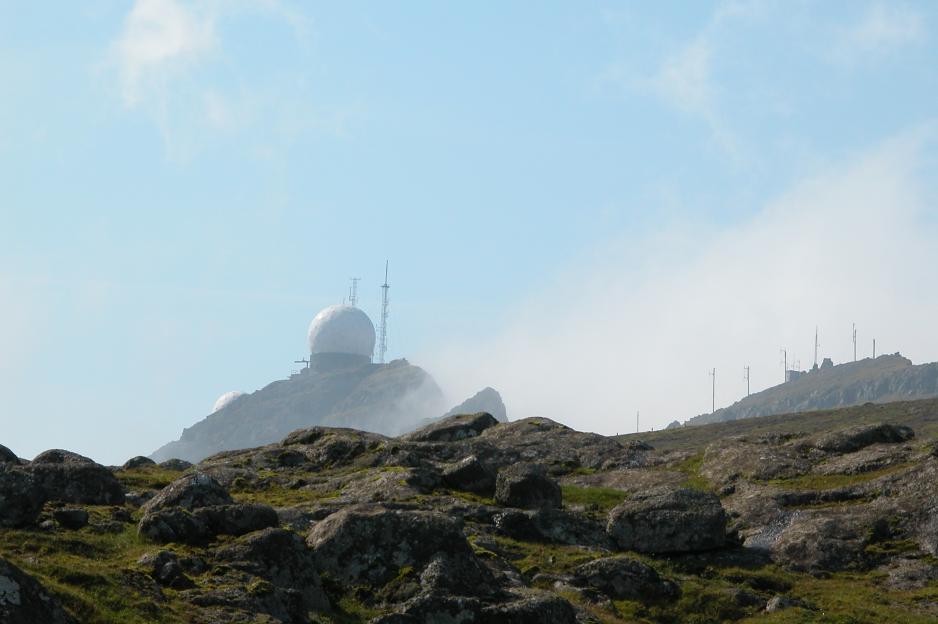
Danish military air surveillance is to be strengthened through the construction of an radar in Eastern Greenland. A air surveillance radar is also under establishment in the Faroe Islands. Photo of NATO's former radar station at Sornfelli, the Faroe Islands. (Photo: Eirik Christensen)
Initiatives for air operations
· The establishment of an air surveillance radar in Eastern Greenland for strengthened situational awareness. A decision has previously been made to establish an air warning radar in the Faroe Islands.
· The acquisition of new, smaller drones. These will be based in Greenland and supplement four long-range surveillance drones that have been decided to be acquired in the Agreement on Arctic Capabilities (2021) and the First Agreement on the Arctic and North Atlantic.
· Improving the Danish Armed Forces' facilities at the Kangerlussuaq Airport, such as building renovations, runway improvements, and construction of additional hangars.
"The Armed Forces' mission is to ensure security in the entire Kingdom. And if necessary, defend Greenland, the Faroe Islands, and Denmark within the framework of NATO on all domains. With the agreement on the new acquisitions, we strengthen the Armed Forces' combat power and task solving in the Arctic and the North Atlantic," says Denmark's Chief of Defense, General Michael Wiggers Hyldgaard.
The agreement can be read in its entirety here.
On Friday, the Danish government and the political parties behind the Danish Defense Agreement 2024-2033 also announced an agreement to acquire 16 additional F-35 fighter jets. The investment is DKK 29 billion (about USD 4,4 billion) and will increase Denmark's total F-35 fleet to 43 aircraft.




